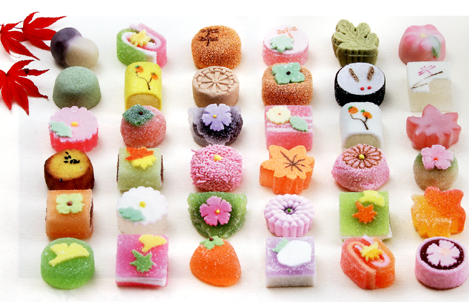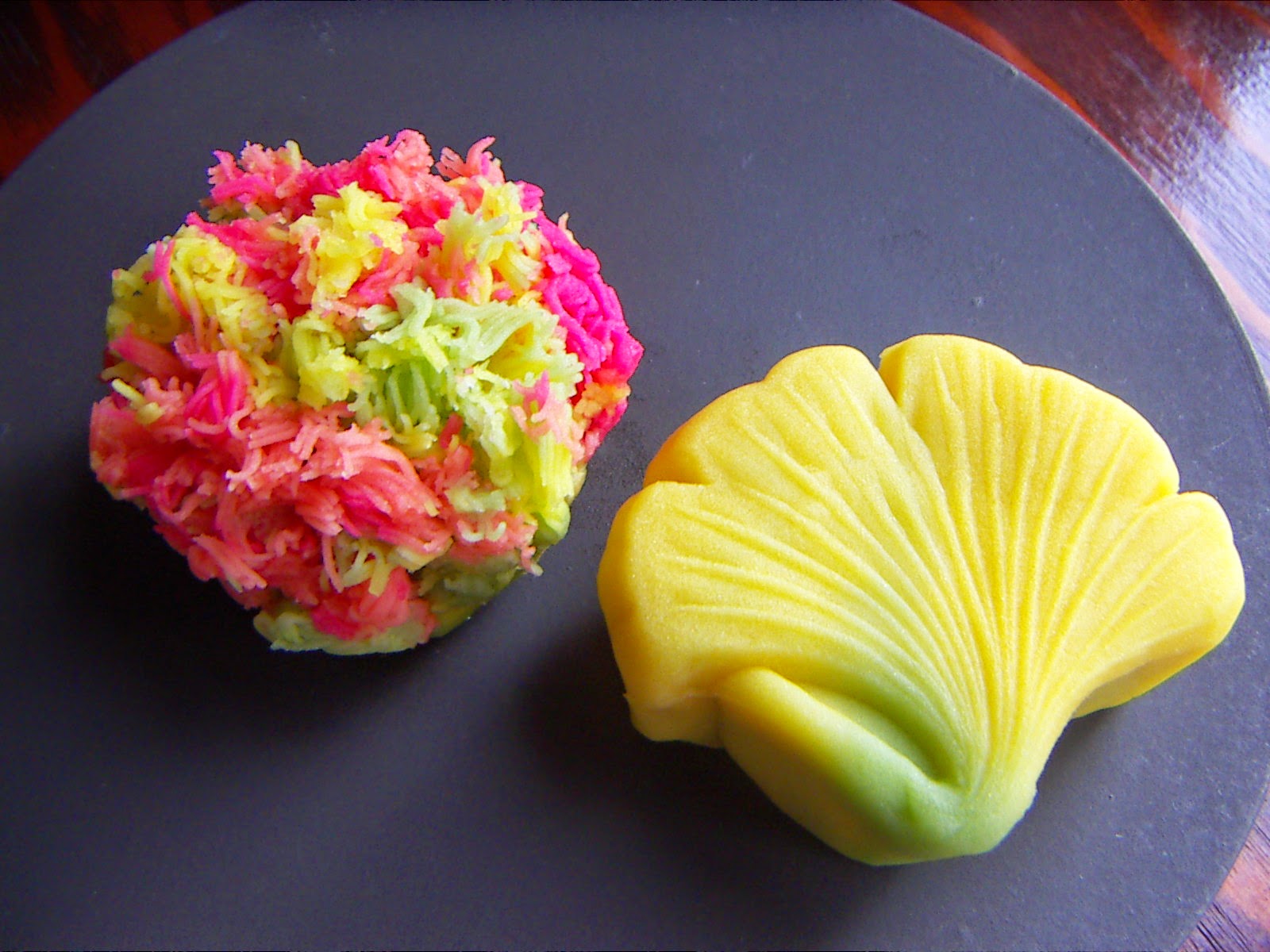Today, I
introduce Shrines (神社) and Temples (寺). Both of them have been spot where people
hold a ceremony or festival for a long time. Originally, shrines is place for
worship of Shin-to (神道), which is an indigenous region of Japan, and temples is
place for worship of Buddhism (仏教). Most Japanese don’t believe particular
religion, I think, and we have characteristic
view on religions. Gradually, praying on New Year’s Day, wedding, blessing a
baby take place in shrine, and funeral is held in temples. By the way, they are
also sightseeing spots, too. So I share some photos and comments of characteristic
shrines and temples in this post.
“Itsukushima shrine (厳島神社)”
Itsukushima shrine has the big Torii (鳥居),
the symbol of a shrine, in the sea. It is located in Hiroshima (広島) prefecture.
Though it is far from metropolitan area, great number of people go there and
enjoy sightseeing.
“Kiyomizu temple (清水寺)”
It’s the most popular temple in Kyoto.
The light up is amazing!
“Meiji jingo (明治神宮)”
On New Year’s Day, the number of visitor
is more than any other shrine in Japan.
“Rokuon temple/Kin-kaku (鹿苑寺 金閣)”
The wall looks gold and very gorgeous.
(205 words)
References






























